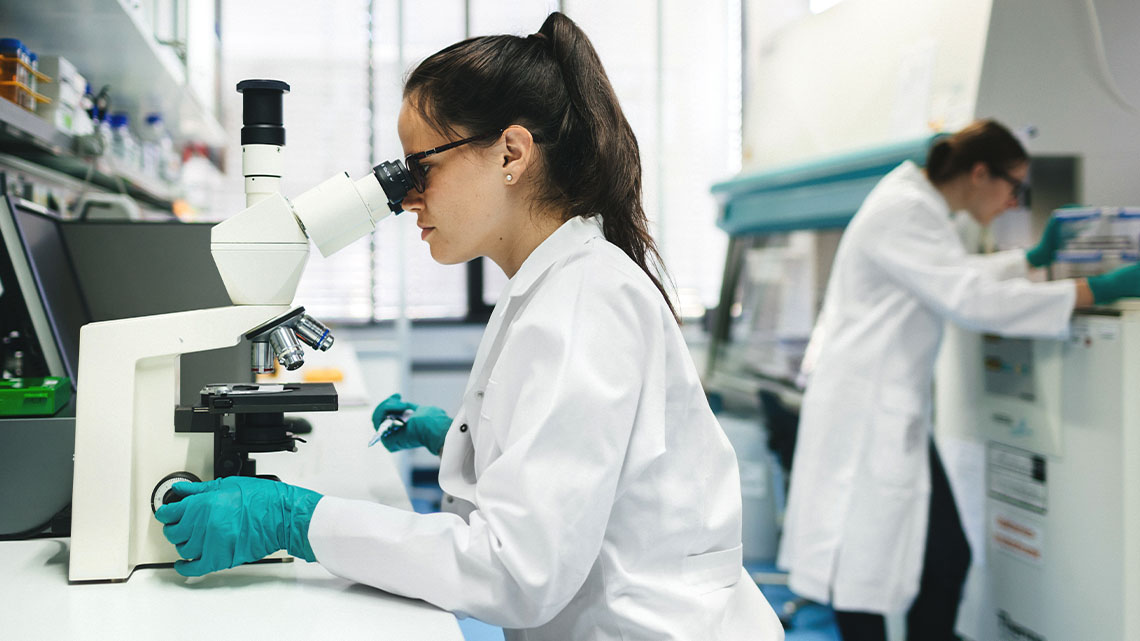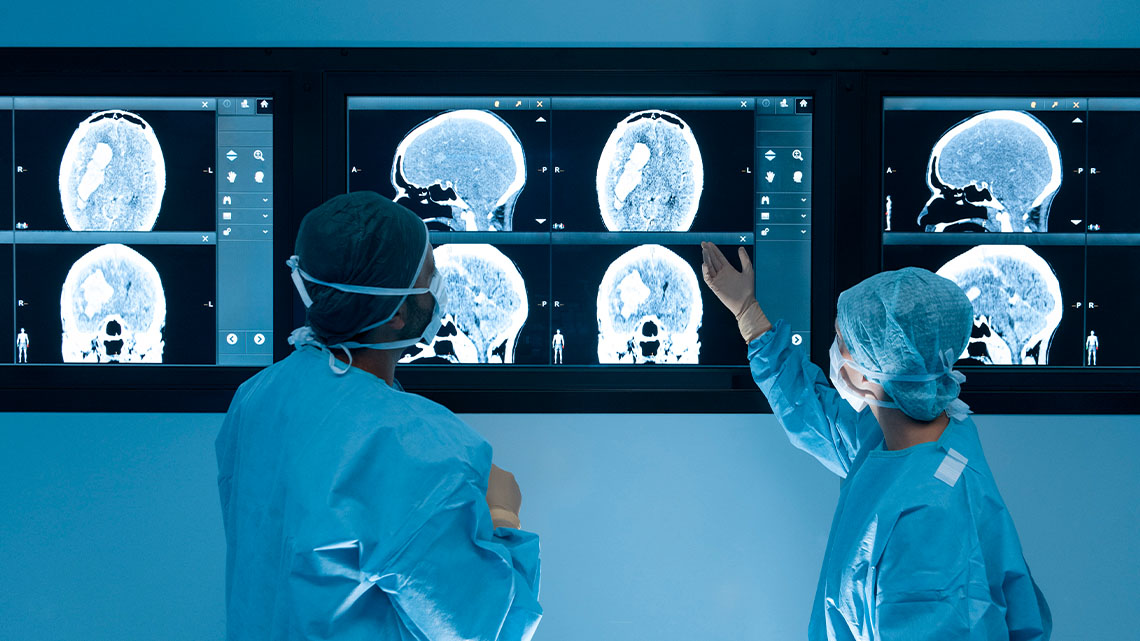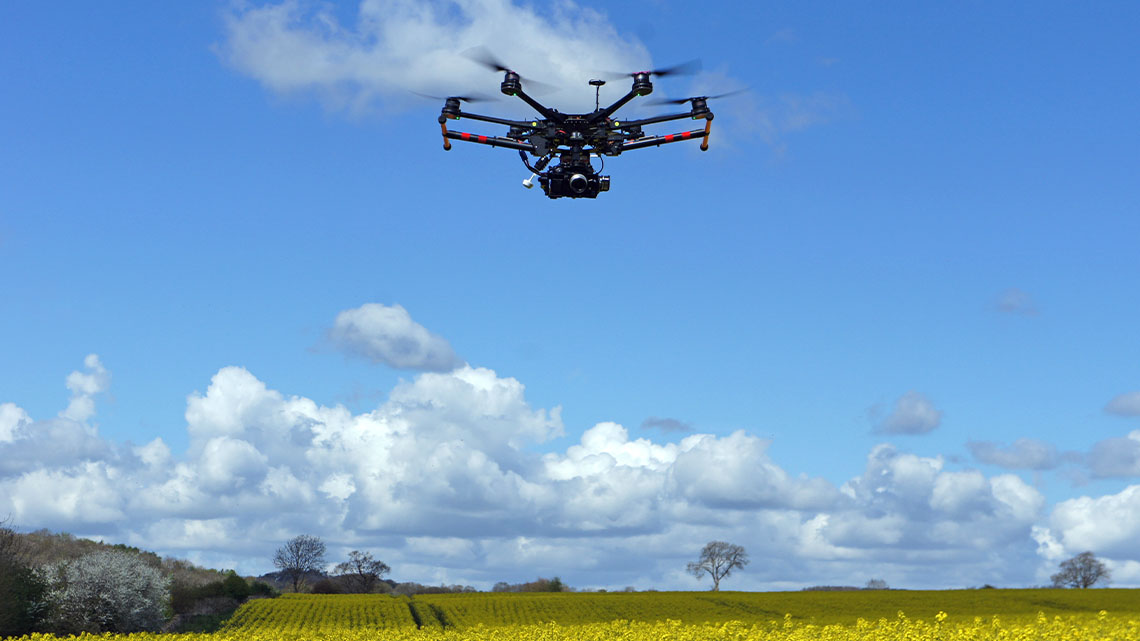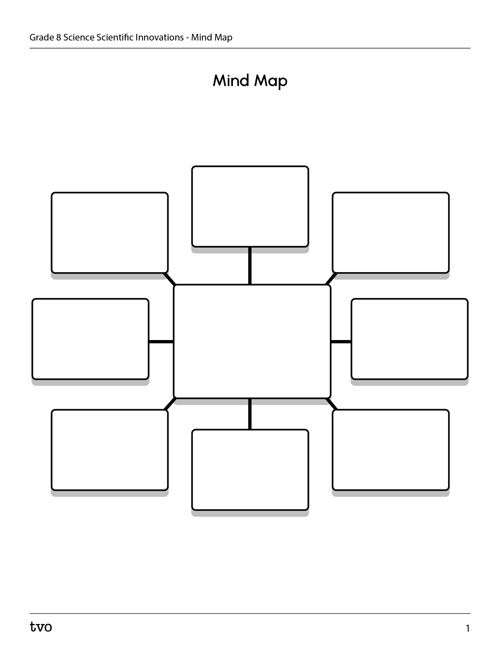Minds On
Innovations

What does the word innovation mean to you? Create a Mind Map with the word innovation in the centre or share your ideas using another method of your choice.
Press ‘Innovation’ to access one definition of the word innovation.
An innovation is the practical implementation of ideas that results in the introduction of new goods or services or improvement in offering goods or services.
When you are creating your Mind Map, think about:
- real-world issues that require innovations
- innovations that you know about
- reasons the world needs innovative ideas
- who (careers and professions) researches and designs these innovations
Explore these images and captions for a few ideas.
A Mind Map should showcase all your ideas! You can use pictures, words, or any other ideas that help to explain your thinking.
Complete the Mind Map in your notebook or use the following fillable and printable document. If you like, you may use speech-to-text or audio tools to record your thoughts.
Action
Innovation in Canada
This learning activity features emerging technologies, STEM contributions, and Canadian innovations that are making a difference.

Task 1: Innovations in the real world
How are innovators making our lives healthier, safer, and more comfortable?
Explore two innovations that have specifically made our lives healthier and contributed to our health care system.
Electron microscope
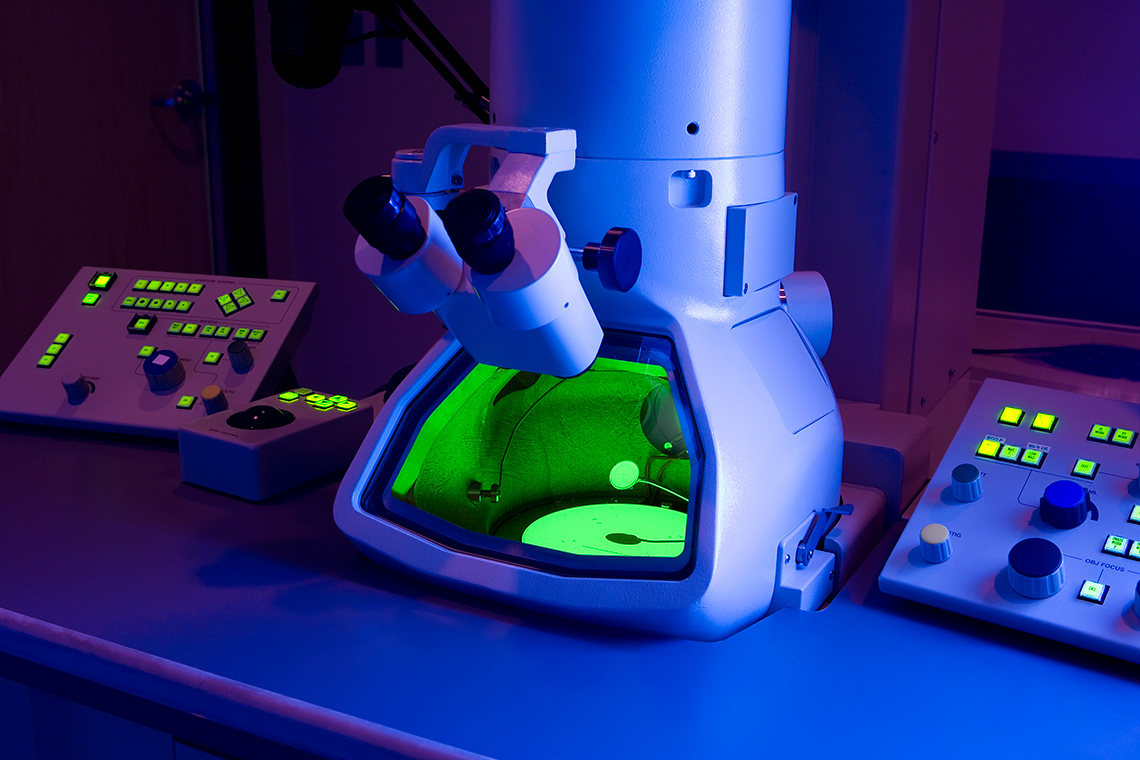
A large cylinder that is an electron microscope sits on a table and is connected to three different computers as well as several different control panels.
A light-based microscope is a traditional magnification tool and is great for studying something like an onion skin or a human, plant, or animal cell. However, smaller things can be more difficult to identify with these traditional microscopes.
Introducing...the electron microscope!
The electron microscope offers some important benefits:
- It has better magnification and higher resolution (the degree of detail visible in an image).
- Electron microscopes differ from light microscopes because they produce an image of a specimen by using a beam of electrons (tiny, charged particles that occupy the outer regions of atoms) instead of a beam of light. The wavelength of an electron is much shorter than visible light. This allows us to explore even smaller things at much higher resolutions.
- Electron microscopes can be used to examine whole cells and the subcellular compartments within them. One limitation, however, is that live cells cannot be imaged.
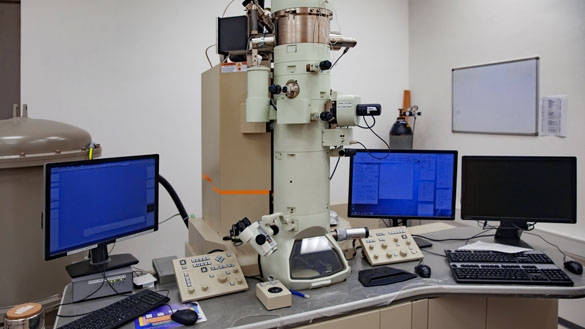
Electron microscopes are considered specialized equipment, so their cost is significantly higher than other types of microscopes with new units ranging anywhere from $70,000 to $1,000,000. Each unit requires a large, dedicated space, as they can often be more than a metre high and connect to multiple LCD screens, keyboards and other control panels to operate them.
Overall, the electron microscope has helped our understanding of cells and cell process because it led to the discovery of viruses such as smallpox and chicken pox. It continues to be a primary tool for detecting new and unusual disease outbreaks.
Dye-infused cells
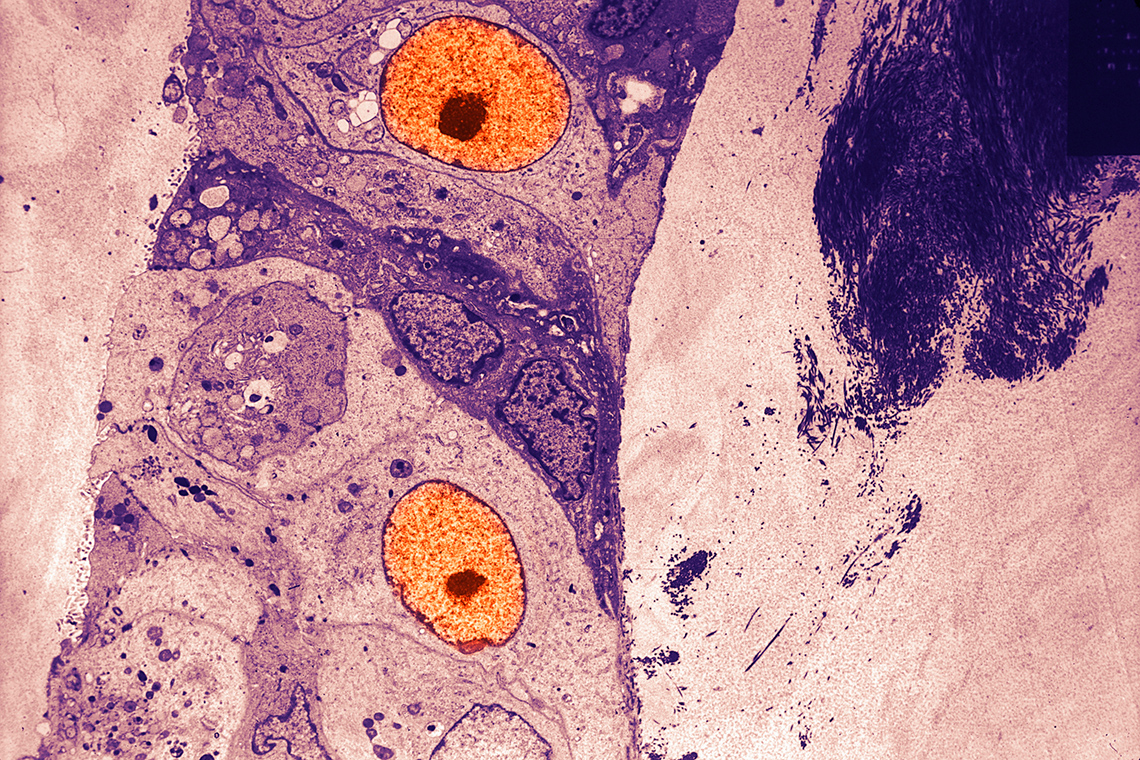
Cells work to keep all humans alive. The structure of a cell is made up of organelles, such as mitochondria and lysosomes. Microscopists and technologists infuse cell samples with dyes to clearly observe all the individual organelles within a cell. The dye not only gives a better outline of the organelles, it also penetrates cell walls to give scientists a better visual to explore and determine the difference between live and dead cells. Once the cells have been infused with dye, scientists observe the samples using fluorescent microscopes to explore a glowing image of the organelle.
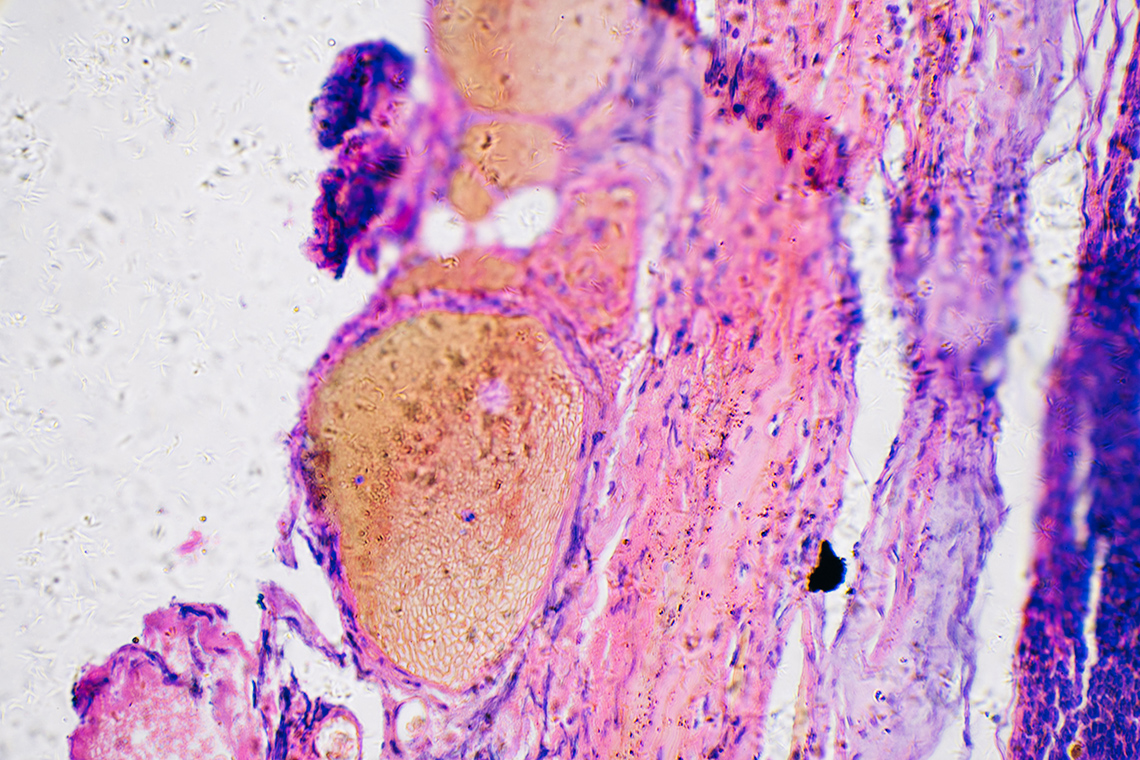
By infusing cells with dye, scientists better understand how cells work and they can identify the difference between a healthy cell and a cell infected with disease-causing viruses and bacteria. These images are used to find cancerous cells, stroke, and Alzheimer’s disease. Overall, dyes are effective and quick to use; however, they can be expensive, harmful to the earth, and can potentially harm the cell (specimen) being dyed.
Check your understanding!
Innovations in medicine: Genetic disease detection
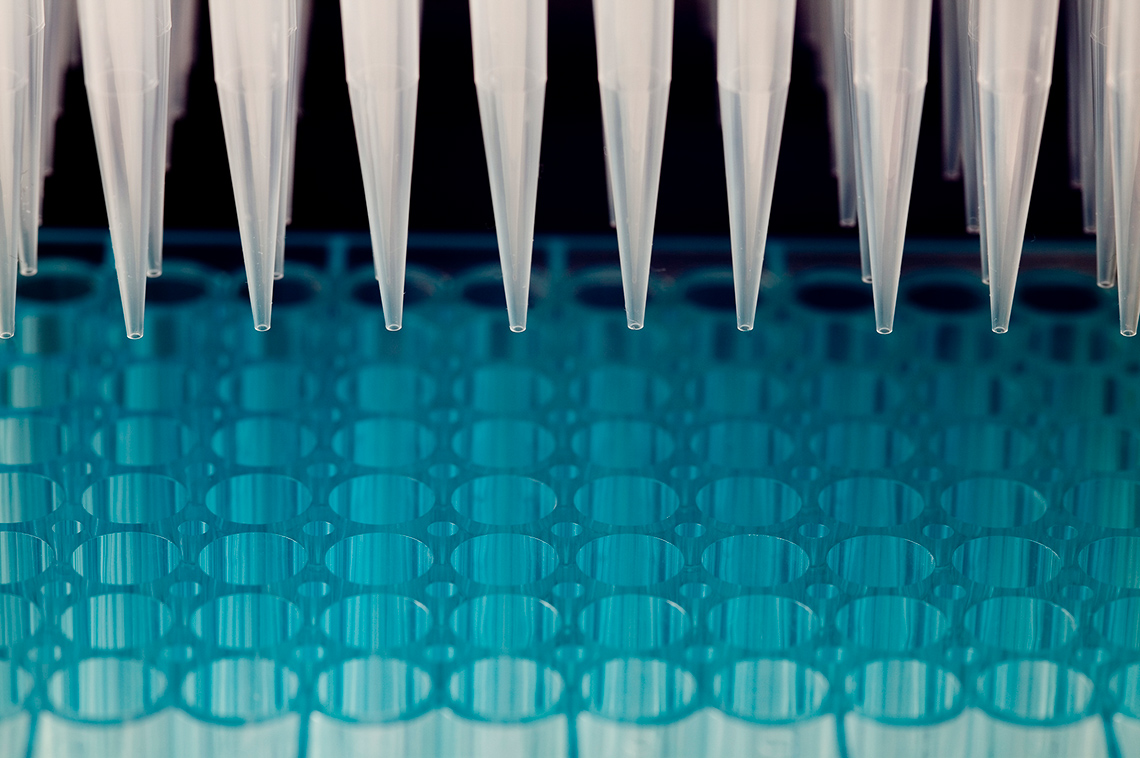
In recent years, scientists have developed an innovative technology that quickly and efficiently screens a person’s entire genome for genetic disorders from a single blood sample.
This automated system can be used to diagnose genetic diseases in record time and accurately determine the cause. It provides key information to doctors who are focused on caring for patients who are impacted by genetic disorders.
Researchers concluded that this automated genome sequencing may be used in intensive care units, which could allow for precise and timely medical care.
Having an early diagnosis of genetic disorders can improve growth in children, help keep lungs healthy, reduce hospital stays, and can add several years to a person’s life.
Pause and Reflect
Innovative technologies
Considering the perspectives of different people can help to identify the many effects of emerging technologies.
How might patients benefit from this innovation? How might doctors benefit from this innovation?
What is a potential downside to this type of innovative technology?
Record your ideas in a method of your choice.
Task 2: Innovations to solve problems
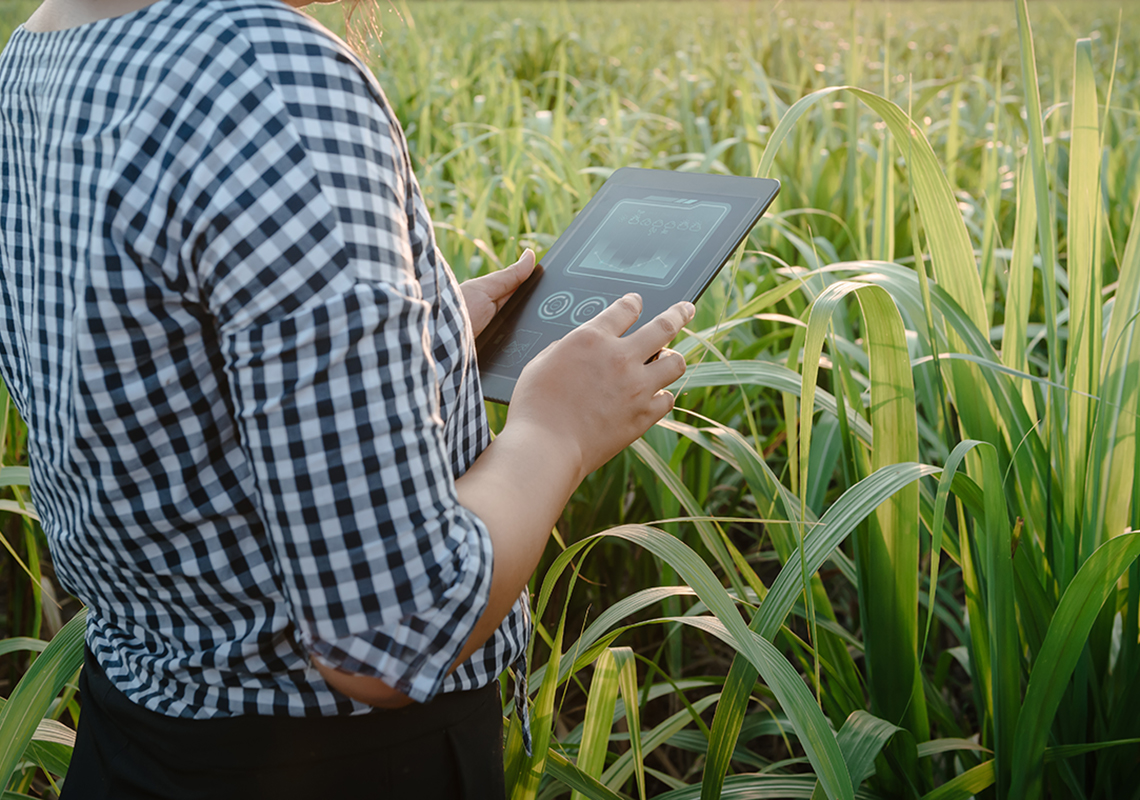
For this component of the learning activity, you will be asked to independently research an innovative technology that has been designed and created to solve a real-world issue.
Explore this video to learn about the steps of the Scientific Research Process.
Exploring real-world innovations
Choose one of the following real-world issues. Included are innovations that have been developed over time to provide solutions. You could also choose to learn more about an innovative technology in cell biology or research a real-world issue and innovation of your own choosing.
| Issue | Innovation |
|---|---|
| climate change | smart technologies (for example, lighting, heating and cooling, irrigation) |
| disease | diagnosis, monitoring, and treatment of disease using apps or new technology |
| improving crop growth | use of drones to monitor crops, laser scarecrows, vertical farming, precision agriculture |
You will be asked to create a presentation of your findings in the consolidation section. The following checklist provides the guidelines for your research.
Use the following checklist as a guide.
Your research should include:
Consolidation
Reflection

Innovative technologies are being used in many areas of science and technology to solve real-world problems.
Scientists, researchers, and engineers are constantly designing and exploring new innovative devices in fields such as health care.
How do electron microscopes, the use of dyes, and genetic sequencing help to solve real-world problems in the field of cell biology?
Record your answer in a method of your choice.
How it works
Use your research notes for the innovation you chose and create a “How It Works” presentation. Your presentation can be a video, audio recording, poster, or another method of your choice.
Your presentation should include:
- the name of the device or innovation
- the field of science and technology this innovation supports
- the skilled professional who would use this innovation
- a detailed description of how the innovation works
- the real-world problem this innovation addresses
- an image or diagram of the innovation
- benefits and potential harmful effects of this innovation
Use this checklist as a guide when planning your presentation.
I can communicate my learning by:
Reflection
As you read the following descriptions, select the one that best describes your current understanding of the learning in this activity. Press the corresponding button once you have made your choice.
I feel…
Now, expand on your ideas by recording your thoughts using a voice recorder, speech-to-text, or writing tool.
When you review your notes on this learning activity later, reflect on whether you would select a different description based on your further review of the material in this learning activity.
